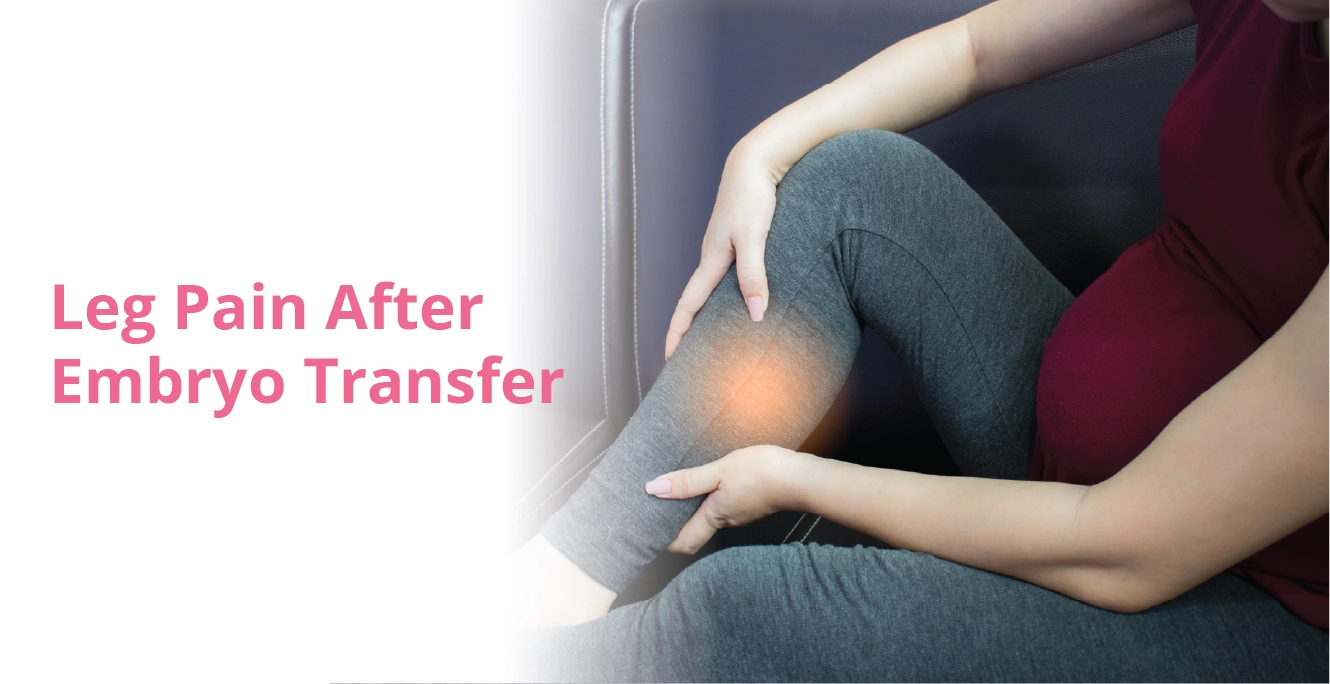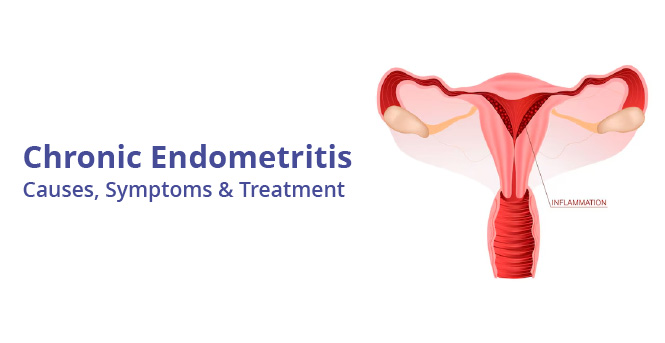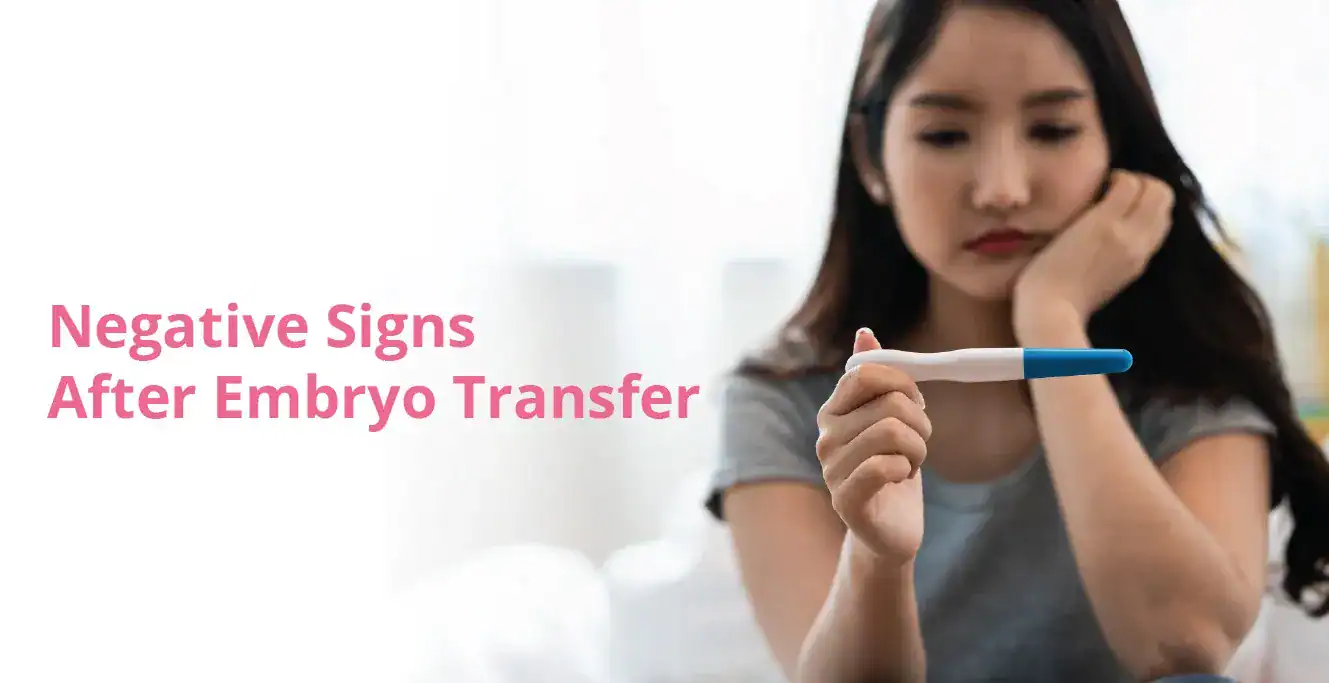
What is Ovulation and Its Role in fertility Treatment

Table of Contents
- Understand Ovulation and Ovulation Induction
- Ovulation Induction Procedure Step by Step
- Symptoms of Ovulation
- Significance of Ovulation Induction
- Ovulation Induction Success Rate
- Risks Associated with Ovulation Induction
- Why Ovulation Induction is Recommended
- Advantages of Ovulation Induction
- Alternative Treatments Besides Ovulation Induction
- Patient Eligibility for Ovulation Induction
- Case Study: Ovulation Induction Leads to a Transformational Experience
- Conclusion
- Frequently Asked Questions (FAQs)
It is essential for couples dealing with infertility issues to comprehend the complexities of ovulation. Ovulation induction is becoming a useful therapy for treating infertility and helping couples become pregnant. The cornerstone of this effort is ovulation induction, which provides hope and customised solutions for those dealing with irregular or absent ovulation. We examine the complexities of ovulation induction, its protocols and procedures, the reasons it is advised, alternative therapies, success rates, complications, patient eligibility, and an engaging case study that highlights its effects in this comprehensive investigation.
Understand Ovulation and Ovulation Induction
The critical point in a woman’s menstrual cycle occurs at ovulation when a developed egg is expelled from the ovary and prepared for fertilisation. Ovulation timing is critical for conception, and irregularities in this process might present difficulties for a couple attempting to conceive.
When starting fertility therapy, it’s common to have to navigate several strategies meant to maximise the likelihood of conceiving. To treat irregular or missing ovulation, ovarian follicle development and the release of mature eggs are stimulated by a medical procedure known as ovulation induction.
Ovulation Induction Procedure Step by Step
It is a thorough and vital step in fertility treatment to increase the chances of viable egg production. The ovulation induction procedure step by step includes:
- Medication regimens: Letrozole and clomiphene citrate are common drugs that control and stimulate ovulation.
- Monitoring: Accurate timing of the release of eggs is ensured by close monitoring using hormone tests and ultrasounds.
- Trigger Injection: To encourage the final maturation of eggs, a trigger injection of human chorionic gonadotropin (hCG) may be given in specific circumstances.
Symptoms of Ovulation
- Menstrual Cycle Tracking: Patterns suggestive of ovulation can be found by examining the menstrual cycle. The menstrual cycle’s midpoint is usually when ovulation happens, and a normal cycle length indicates regular ovulation.
- Modifications to Cervical Mucus: Ovulation is linked to modifications in the consistency of cervical mucus. Fertile cervical mucus creates an environment that is favourable to sperm survival and motility, much like uncooked egg whites.
- Shift in Basal Body Temperature (BBT): An increase in BBT following ovulation is a consistent indicator of ovulation. The fertile window can be identified with the aid of a daily temperature chart.
Significance of Ovulation Induction
- Stimulating Ovulation: The process of ovulation induction entails the injection of drugs into the ovaries to stimulate them and promote the development and release of mature eggs.
- Handling Ovulatory diseases: Ovulation induction offers a focused method to manage and improve ovulation and is especially helpful for women with ovulatory diseases like PCOS.
- Higher Pregnancy Rates: Ovulation induction is a key component of fertility treatments since it maximises the time and frequency of ovulation, which raises the odds of conception dramatically.
- Monitored Cycles: Using hormone evaluations and ultrasounds, fertility professionals keep a close eye on ovulation induction cycles to guarantee a customised and successful treatment plan.
Ovulation Induction Success Rate
- Variable Success: Ovulation induction success rate is generally modest, especially when treating ovulatory abnormalities, though success rates can vary.
- Cumulative Success: The likelihood of success increases with each cycle, and it may take several cycles to achieve success.
Risks Associated with Ovulation Induction
- Risk of Multiple Pregnancies: The risk of multiple pregnancies, including twins or higher-order multiples, is increased by ovulation induction.
- Ovarian Hyperstimulation Syndrome (OHSS): Overstimulation of the ovaries can happen occasionally and result in OHSS. Vigilant observation aids in reducing this danger.
Why Ovulation Induction is Recommended
Addressing a few disorders in which an expert commonly recommends ovulation induction as a treatment option:
- Polycystic Ovary Syndrome (PCOS): PCOS is a common cause of irregular periods, tiny ovarian cysts, and hormonal abnormalities. PCOS also affects ovulatory function.
- Hypothalamic Dysfunction: Irregular ovulation or anovulation (absence of ovulation) can result from disturbances in the hypothalamus, a brain region controlling hormonal impulses.
- Premature Ovarian Failure: Reduced or nonexistent ovulation might be the result of early ovarian follicle depletion, which is frequently linked to advanced maternal age.
Advantages of Ovulation Induction
Ovulation induction can help tailor the treatment according to the individual’s needs:
- Customised Approach: Ovulation induction enables a regulated and customised approach, modifying drug dosages according to individual reactions.
- Optimising time: The chance of a successful conception rises with precise ovulation time.
Alternative Treatments Besides Ovulation Induction
- Lifestyle Modifications:
- Diet and Exercise: Hormonal balance and regular ovulation can be achieved with a balanced diet and frequent exercise.
- Stress Reduction: Using techniques like yoga or meditation to manage stress may have a good effect on ovulation.
- Intrauterine Insemination (IUI)
- Enhanced Sperm Placement: To increase the likelihood of fertilisation, IUI entails injecting prepared sperm straight into the uterus. It frequently occurs in tandem with ovulation induction.
- In Vitro Fertilisation (IVF)
- Advanced Reproductive Method: IVF is the process of fertilising eggs outside the body using sperm and then putting the developing embryos inside the uterus. It works well in situations when ovulation induction is insufficient on its own.
Patient Eligibility for Ovulation Induction
- Diagnosis of Ovulatory disorder:
- PCOS: Ovulation induction is frequently beneficial for women with PCOS, a condition marked by irregular ovulation.
- Unexplained Infertility: When infertility remains unexplained but is linked to irregular ovulation, ovulation induction is taken into consideration.
- Healthy Ovarian Reserve:
Adequate Ovarian Reserve: Those who possess a respectable ovarian reserve, notwithstanding any reduction, can be qualified for inducing ovulation.
Case Study: Ovulation Induction Leads to a Transformational Experience
Monika, 32, suffered from anovulation and unpredictable menstrual cycles after being diagnosed with PCOS. It was advised that she start her fertility quest with ovulation induction. She was planning to conceive a baby and booked a consultation with our fertility expert. After running a thorough diagnosis, our expert recommended a few medications and initiated the treatment. Monika reacted favourably to clomiphene citrate, and careful observation showed that her follicular growth was at its best. The timed release of fully developed eggs was preceded by a trigger injection. In an attempt to increase her chances of conceiving, Monika chose to undergo intrauterine insemination (IUI) during the same period. A positive pregnancy test was the outcome, which signalled the start of a life-changing experience. In addition to helping Monika overcome her ovulatory difficulties, ovulation induction cleared the path for a fruitful conception and a safe pregnancy.
Conclusion
To sum up, ovulation induction is a vital and adaptable technique in the field of reproductive medicine. Its relevance and impact are demonstrated by its capacity to cure ovulatory problems, provide individualised remedies, and work in concert with other treatments like IUI. Success rates are encouraging, but the risks and rewards highlight how crucial customised treatment and vigilant observation are. Ovulation induction helps people take control of their reproductive journeys by turning obstacles into chances for motherhood as technology and fertility science develop. If you are facing issues with conception and looking for effective fertility treatment, consult our fertility expert today. You can either call us directly by dialling the above-given number, or you can book an appointment by filling in the details in the appointment form, our coordinator will call you back shortly to understand your query and will connect you with the best fertility expert at Birla Fertility & IVF Centers.
Frequently Asked Questions (FAQs)
- Who Is Eligible for Ovulation Induction?
Ovulation induction may be appropriate for those with ovulatory abnormalities such as PCOS or infertility that cannot be explained by irregular ovulation. It is designed for people with normal ovarian reserves.
- What is the Success Rate of Ovulation Induction?
Although they fluctuate, success percentages typically fall between 10% and 20% every cycle. Success in the cumulative sense frequently rises with more cycles.
- How Does Ovulation Induction Synergize with Other Fertility Treatments?
Ovulation induction can increase the likelihood of a successful conception when used in conjunction with procedures like intrauterine insemination (IUI) or in vitro fertilisation (IVF).
- Is Ovulation Induction a One-Time Procedure?
For best effects, ovulation induction may need to occur over several cycles. The number of cycles is frequently chosen based on the aims of conception and each person’s response.
Our Fertility Specialists
Related Blogs
To know more
Birla Fertility & IVF aims at transforming the future of fertility globally, through outstanding clinical outcomes, research, innovation and compassionate care.
Had an IVF Failure?
Talk to our fertility experts

 Our Centers
Our Centers













